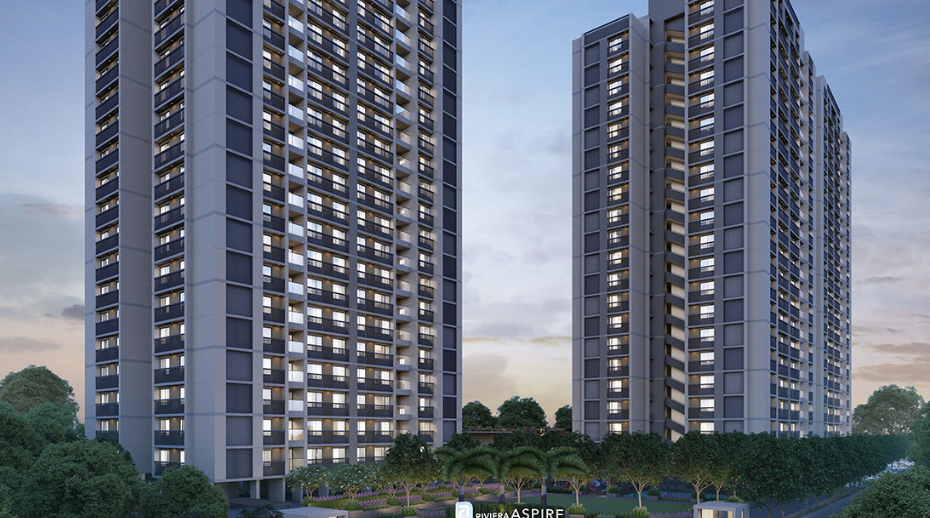A recent study using advanced Geographic Information Systems (GIS) and Google Earth Engine (GEE) tools has revealed the changes in the Ahmedabad’s landscape over the past decade. This shows that city’s urban sprawl is encroaching on farmlands and barren areas at a faster rate than anticipated.
The Landsat satellite imagery revealed Ahmedabad’s rapid urban expansion over the past decade. Land cover maps for 2013, 2018, and 2023 categorised the city into five classes: water bodies, vegetation, agriculture, barren land, and settlements. Researchers analysed land use and land cover (LULC) changes across Ahmedabad Municipal Corporation (AMC) and Ahmedabad Urban Development Authority (Auda) limits from 2013 to 2023.
In 2013, agriculture dominated, occupying 61.59% of the area. Settlements followed at 14.97%, vegetation at 10.84% and barren land at 10.18%. Waterbodies were minimal at 2.42%.
By 2023, the picture changed significantly. Agricultural land shrunk to 47.85%, while settlements expanded dramatically to 38.53%. Vegetation cover dipped slightly to 7.20% while barren land also decreased to 5.40%.
The municipal limits span 483 sq km, while the Auda covers 1,866 sq km, with only 150 sq km having town planning maps.
As the population increases, there is a higher demand for housing, commercial buildings and other infrastructure, leading to the conversion of agricultural land to settlement areas, say researchers Anant Patel, Daivee Vyas, Nirali Chaudhari, Rinali Patel and Krisee Patel from the Institute Of Technology at Nirma University and Darshan Mehta from Dr S&SS Ghandhy College of Engineering in Surat.
Research further states, “Sometimes, land is reserved for non-agricultural purposes such as protected areas, industrial zones, or transportation infrastructure. Alternatively, agricultural land may be left unused due to changes in economic conditions or the availability of alternative employment options.”
Also Read: Gujarat CM Applauds IPS Hasmukh Patel












